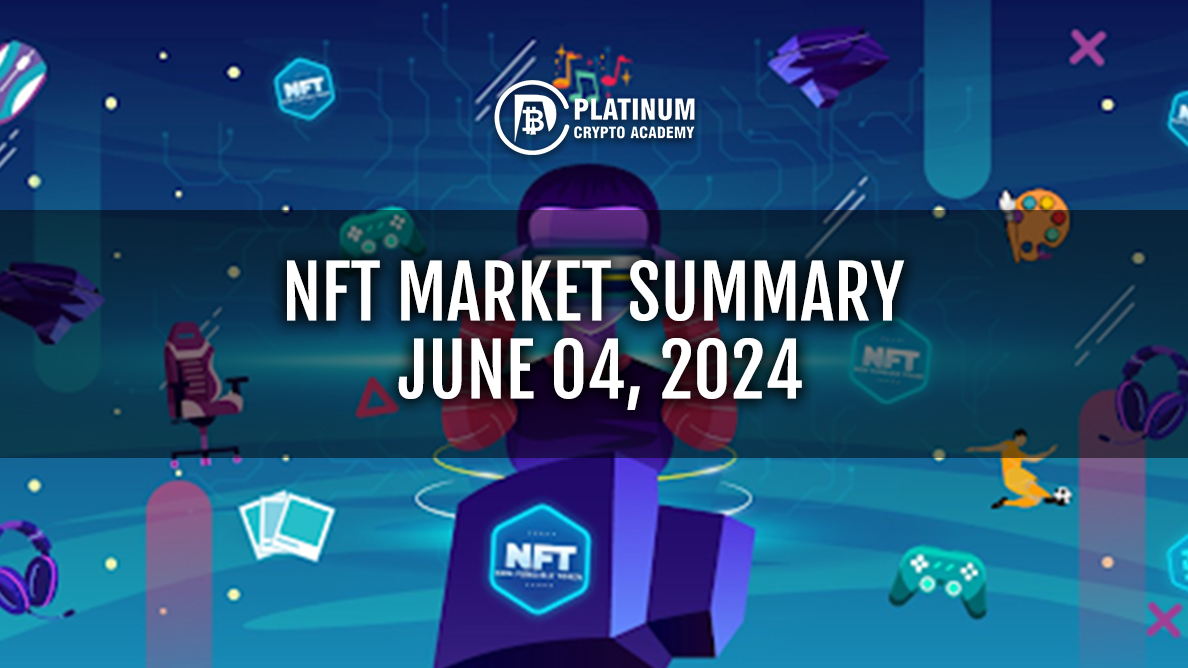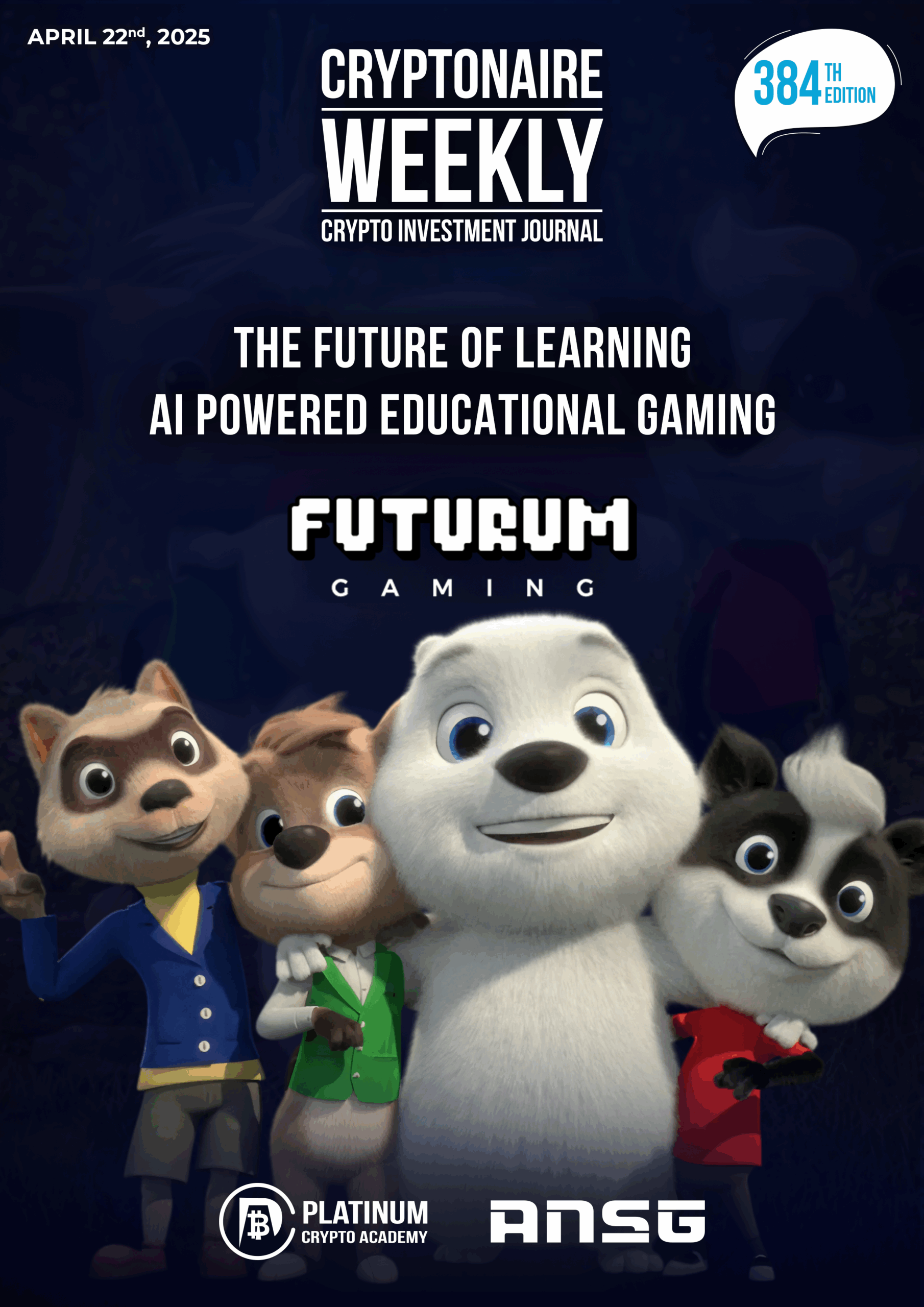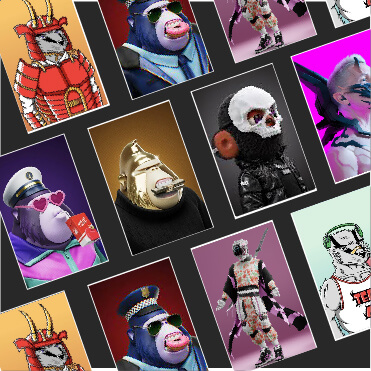The Metaverse NFT (Non-Fungible Token) Market is on track to experience remarkable growth over the next several years, driven by technological innovations, increasing consumer demand, and the expansion of global markets. The market, which was valued at USD 242.2 million in 2022, is anticipated to reach an impressive USD 1,160.1 million by 2030, expanding at a Compound Annual Growth Rate (CAGR) of 25.9% between 2023 and 2030.
This report offers a comprehensive analysis of the Metaverse NFT Market, combining both qualitative and quantitative insights. It covers key trends, challenges, market risks, and constraints faced by major players, along with a detailed geographical segmentation and an analysis of current demand areas, growth rates, industry revenue, and the status of the CAGR.
Key Players in the Metaverse NFT Market
The global Metaverse NFT Market is highly competitive, with several key players vying for market share. Some of the major players in the market include:
- The Sandbox
- NFT Plazas
- Decentraland
- NFT42
- Art Blocks, Inc.
- ZΞD
- Dapper Labs, Inc.
- Immutable
- CryptoKitties
- Built In
- OpenSea
- Virtua Limited
- MegaCryptoPolis
- Somnium Space LTD
- Upland
- SuperRare
Key Drivers of the Metaverse NFT Market
The Metaverse NFT Market is influenced by various factors that drive its growth and shape its future. Understanding these key drivers is crucial for stakeholders to navigate and capitalize on the opportunities within this dynamic market.
Economic Conditions
Economic factors play a significant role in influencing the Metaverse NFT market. Economic growth, inflation rates, interest rates, and currency exchange rates all impact demand. Robust economic conditions generally boost demand for NFTs, while economic downturns tend to suppress it. When the economy is strong, consumers and businesses are more likely to invest in innovative and emerging technologies like NFTs. Disposable incomes are higher, leading to increased spending on digital assets and virtual experiences.
Conversely, during economic downturns, consumer spending tightens, and investments in non-essential items, such as digital collectibles, may decrease. Inflation rates can also affect the market by increasing the cost of living, which might reduce discretionary spending. Additionally, interest rates influence borrowing costs, which can affect the level of investment in new technologies and startups within the NFT space. Currency exchange rates are particularly relevant for global transactions in the NFT market, impacting the purchasing power of international buyers and sellers.
Technological Advancements
Technological innovations are crucial for disrupting traditional Metaverse NFT markets, creating new opportunities, and changing consumer behavior. The rapid advancement of blockchain technology, virtual reality (VR), augmented reality (AR), and artificial intelligence (AI) has significantly contributed to the growth of the Metaverse NFT market. Blockchain technology ensures the security, transparency, and immutability of NFT transactions, which is fundamental to the trust and credibility of the market.
VR and AR technologies enhance the user experience by providing immersive environments where users can interact with their NFTs. These technologies enable the creation of virtual worlds where users can showcase, trade, and use their NFTs in various applications, from gaming to virtual real estate. AI plays a crucial role in personalizing user experiences, analyzing market trends, and improving the efficiency of NFT marketplaces.
Keeping up with technological advancements is essential for companies to stay competitive. Firms that invest in research and development to integrate the latest technologies into their platforms and services are more likely to attract and retain customers. Innovations such as improved user interfaces, enhanced security features, and new use cases for NFTs can differentiate a company from its competitors and drive market growth.
Regulatory Environment
Government regulations and policies heavily influence the Metaverse NFT market. Changes in regulations related to production, trade, safety standards, and environmental policies can alter market dynamics and impact business operations. The regulatory environment can either facilitate or hinder the growth of the NFT market. Clear and supportive regulations can provide a stable framework for businesses to operate within, encouraging innovation and investment.
Regulatory clarity is particularly important for issues such as intellectual property rights, anti-money laundering (AML) measures, and consumer protection. Ensuring that NFTs comply with legal standards helps build trust among users and investors. Conversely, stringent or unclear regulations can create barriers to entry, increase compliance costs, and deter innovation. For example, regulations that impose heavy taxation on digital assets or restrict cross-border transactions can negatively impact the market.
Environmental policies are also becoming increasingly relevant, as the energy consumption associated with blockchain technologies has come under scrutiny. Companies in the Metaverse NFT market may need to adopt more sustainable practices and technologies to comply with environmental regulations and meet consumer expectations for eco-friendly solutions.
Consumer Trends and Preferences
Understanding consumer preferences, lifestyle changes, and purchasing behaviors is critical for businesses in the Metaverse NFT market. Adapting products and services to align with evolving consumer demands can drive market growth. The demographics of NFT buyers are diverse, ranging from tech-savvy millennials and Gen Z users to collectors and investors from older generations.
Consumer preferences in the NFT market are influenced by various factors, including the desire for unique digital assets, the appeal of owning limited-edition items, and the potential for financial returns. Lifestyle changes, such as increased digital engagement and the growing popularity of virtual environments, also drive demand for NFTs. As more people spend time online for work, entertainment, and social interactions, the appeal of owning and interacting with digital assets in the Metaverse increases.
Purchasing behaviors are shaped by factors such as ease of use, transaction security, and the reputation of NFT marketplaces. Companies that offer user-friendly platforms, secure transactions, and reliable customer support are more likely to attract and retain customers. Additionally, trends such as the gamification of NFT experiences, collaborations with celebrities and brands, and the integration of NFTs with social media platforms can further enhance consumer engagement and drive market growth.
Competitive Landscape
The dynamics, pricing strategies, and innovation within the Metaverse NFT market are influenced by competition from both established players and new entrants. Monitoring competitors’ activities and strategically positioning themselves is vital for long-term success. The competitive landscape of the Metaverse NFT market is characterized by a diverse range of players, including large tech companies, specialized NFT platforms, and emerging startups.
Established players such as OpenSea and Decentraland have a significant market share and benefit from strong brand recognition and extensive user bases. These companies often lead in innovation, setting trends and standards for the industry. However, the market is also open to new entrants that bring fresh ideas and novel approaches to the space. Startups and smaller companies can differentiate themselves through unique offerings, niche markets, and specialized services.
Competitive strategies in the NFT market include pricing, product differentiation, partnerships, and marketing. Companies may adopt various pricing models, such as auction-based systems, fixed prices, or subscription services, to attract different segments of buyers. Product differentiation involves creating unique and high-quality NFTs, offering exclusive experiences, or providing additional value through services like NFT staking and fractional ownership.
Partnerships with artists, brands, and other stakeholders can enhance a company’s portfolio and reach. Collaborations can bring in new audiences and create synergies that benefit all parties involved. Effective marketing strategies, including social media campaigns, influencer partnerships, and community engagement, are essential for building brand awareness and driving sales.
Innovation remains a key competitive factor in the Metaverse NFT market. Companies that continuously innovate and adapt to changing market conditions are more likely to succeed. This includes leveraging new technologies, exploring new use cases for NFTs, and responding to consumer feedback to improve their offerings.
Segmentation Analysis of the Metaverse NFT Market
By Platform
- Virtual Reality (VR) Metaverse NFTs: These NFTs are integrated within VR environments, offering immersive experiences to users.
- Augmented Reality (AR) Metaverse NFTs: AR Metaverse NFTs enhance real-world environments with digital overlays, providing interactive experiences.
- Mixed Reality (MR) Metaverse NFTs: MR NFTs blend both physical and digital worlds, enabling users to interact with both simultaneously.
- Extended Reality (XR) Metaverse NFTs: XR encompasses all forms of combined real and virtual environments and human-machine interactions generated by computer technology.
By NFT Type
- Avatar NFTs: Digital representations of users that can be customized and used across various platforms.
- Virtual Land NFTs: Digital parcels of land within virtual worlds that can be owned, developed, and monetized.
- Virtual Asset NFTs: Unique digital items such as virtual clothing, accessories, and other assets within virtual environments.
- Game Assets NFTs: In-game items that can be owned, traded, and used within various games.
- Others: Other types of NFTs that do not fall into the above categories.
By End Use Industry
- Media and Entertainment: NFTs used in digital art, music, and other forms of entertainment.
- Education: NFTs that provide access to educational resources and virtual learning environments.
- Infrastructure and Real Estate: Virtual real estate and infrastructure projects within the Metaverse.
- Others: Other industries utilizing NFTs for various purposes.
Future Outlook
Ongoing Growth and Expansion
The Metaverse NFT market is expected to continue growing, driven by ongoing technological advancements and increasing consumer interest.
Technological Advancements
As technology continues to evolve, new opportunities for NFTs will emerge, further driving market growth.
Rising Demand
The demand for NFTs is expected to rise as more people become aware of their potential and as they become more integrated into everyday life.
Integration of Voice Assistants
The integration of voice assistants with Metaverse platforms could enhance user experiences and drive further adoption of NFTs.
Market Expansion with New Entrants and Innovative Products
New companies entering the market and the development of innovative products will continue to expand the Metaverse NFT market.
Regional Segmentation
North America
- U.S.
- Canada
- Mexico
Europe
- Germany
- France
- U.K.
- Italy
- Spain
- Rest of Europe
Asia Pacific
- China
- India
- Japan
- South Korea
- Southeast Asia
- Rest of Asia Pacific
South America
- Brazil
- Argentina
- Rest of Latin America
Middle East & Africa
- GCC Countries
- South Africa
- Rest of Middle East & Africa
Key Findings of the Metaverse NFT Market Report
Shift Towards Vertical-Specific Solutions
Metaverse NFT vendors are increasingly developing industry-specific solutions to meet the unique needs of sectors such as manufacturing, healthcare, and retail.
AI and Machine Learning Integration
The integration of AI and machine learning technologies into Metaverse NFT solutions is providing more advanced analytics and deeper insights into business operations.
Emphasis on Data Security and Privacy
With more data being stored in the cloud, there is a heightened emphasis on data security and privacy. Metaverse NFT vendors are investing heavily in security measures to ensure their solutions are secure and comply with data protection regulations.
Strong Market Competition
The Metaverse NFT market is highly competitive, with numerous players vying for market share. Larger vendors are acquiring smaller companies to expand their product offerings and gain a competitive edge.
Conclusion
The Metaverse NFT Market is poised for significant growth from 2024 to 2031, driven by technological advancements, rising consumer demand, and the expansion of global markets. With a projected CAGR of 25.9% between 2023 and 2030, the market is expected to reach USD 1,160.1 million by 2030.
Key drivers such as economic conditions, technological advancements, regulatory environments, consumer trends, and competitive landscapes will shape the future of the market. The market is highly competitive, with several key players striving for dominance. Understanding these dynamics is crucial for stakeholders to navigate and succeed in the evolving Metaverse NFT landscape.
By analyzing the segmentation of the market by platform, NFT type, and end-use industry, along with a detailed regional analysis, this report provides a comprehensive overview of the current state and future prospects of the Metaverse NFT Market. With ongoing growth, technological advancements, and rising demand, the Metaverse NFT Market presents significant opportunities for investors, companies, and consumers alike.



